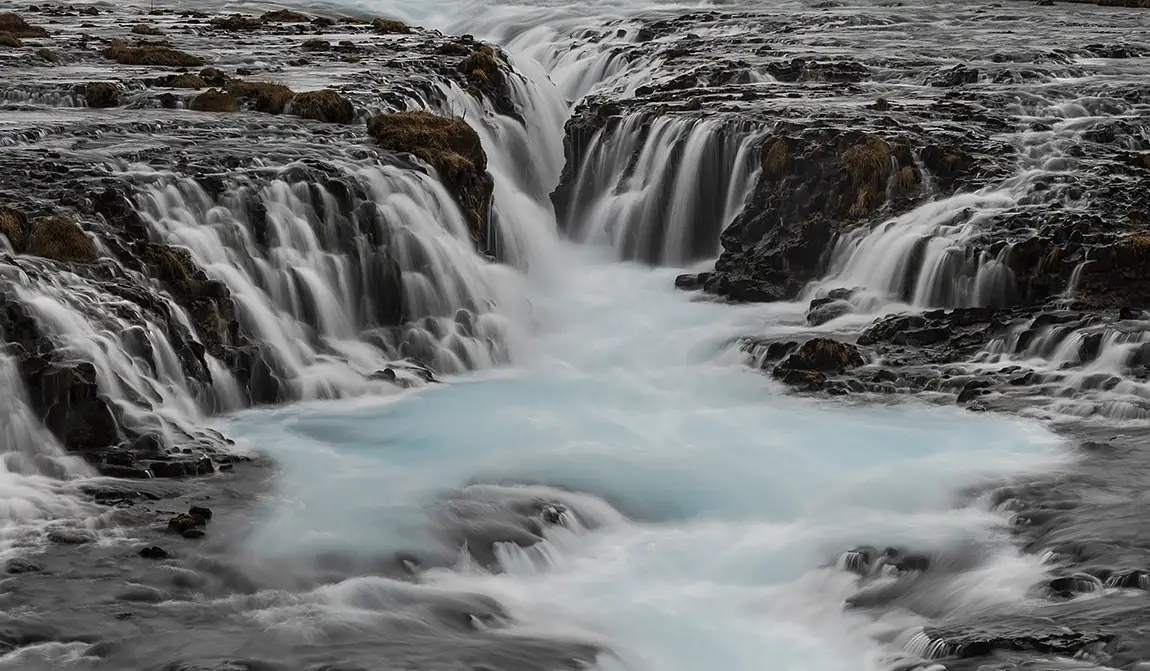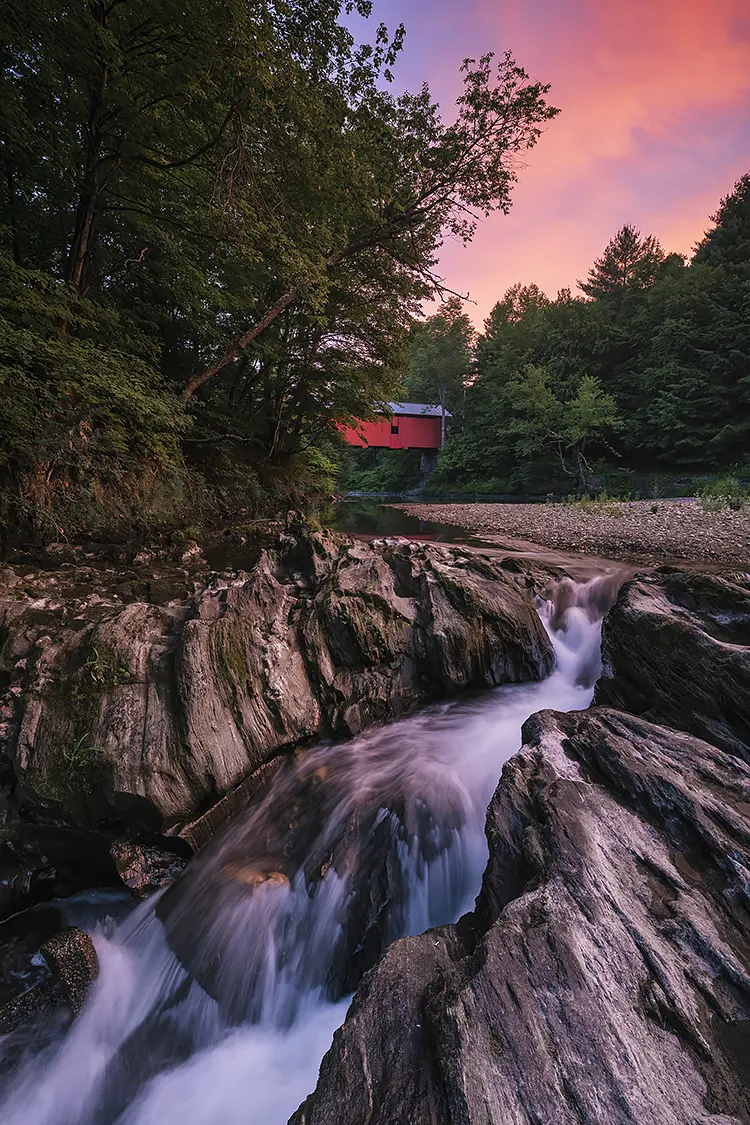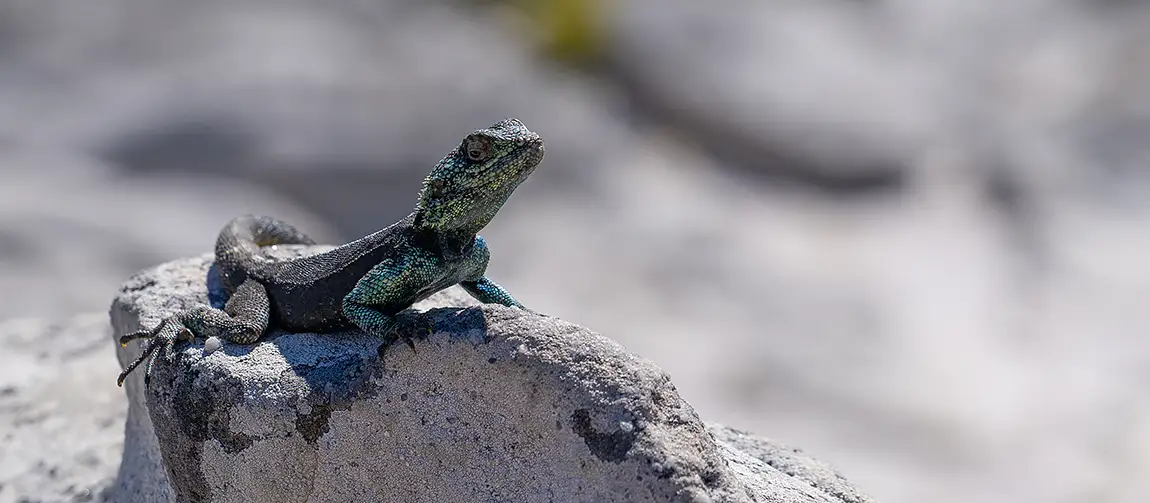The Canary Islands have always captivated me, with their geological diversity, easy access from Europe, and mild climate, attracting photographers. Of all the landscapes I’ve explored, few are as stunning or geologically rich as Barranco de Cho Cruz, a hidden ravine in Fuerteventura.
This remote ravine is a window into Earth’s past. It was formed during the Pleistocene epoch, when lowered sea levels exposed marine sediment on the northeast of the island. Winds carried sand inland, and rains washed it down the slopes, forming thick sediment layers over the island’s basalt base. The basalt diverted water, creating deep ravines in the softer sands.
Today, water erosion has slowed, and the wind shapes the sandstone walls into smooth curves and undulations. Some passages are so narrow you can barely squeeze through, with fossilised molluscs embedded in the walls, preserving remnants of ancient seas.
The ravine’s natural sculptures resemble arches, faces, and animals, reminders of nature’s quiet artistry. Reaching Cho Cruz is no easy task — the final stretch requires a long walk across a sand plain under the scorching sun. Most visitors arrive under harsh midday light, but once inside, the winding ravine offers shade, softening the light and creating beautiful compositions of pastel walls against a vivid sky.
Barranco de Cho Cruz is more than a destination; it’s a journey into deep time. It rewards persistence with serenity and wonder, offering a rare connection with nature’s ancient poetry. Here, silence speaks louder than words, and every wall tells a story millions of years old.










